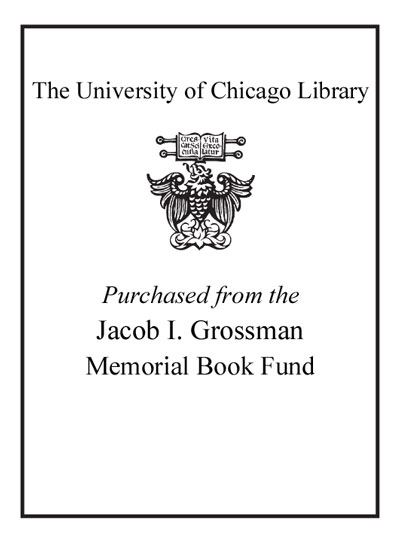Understanding EU law /
Saved in:
| Author / Creator: | Davies, Karen. author |
|---|---|
| Edition: | 2nd ed. |
| Imprint: | London : Cavendish, 2003. |
| Description: | xxviii, 155 pages ; 24 cm. |
| Language: | English |
| Subject: | |
| Format: | Print Book |
| URL for this record: | http://pi.lib.uchicago.edu/1001/cat/bib/5081292 |
Table of Contents:
- Table of Cases
- Table of Legislation
- Glossary
- Abbreviations
- 1. Introduction
- The significance of European law
- The aims of this book
- How to study EU law
- Finding out about European law
- Beginning your studies
- Conclusions
- 2. The Creation of a European Union
- (1). Why were the European Communities created?
- The first European Community--The European Coal and Steel Community (ECSC)
- The European Atomic Energy Community (Euratom)
- The European Economic Community (EEC)
- (2). The development of the European Communities
- (3). The EU today
- 3. Who Runs Europe?
- (1). Power sharing
- (2). The institutional structure
- Conclusions
- 4. Community Law
- (1). Primary sources of EC law
- (2). Secondary sources of EC law
- Conclusions
- 5. The Relationship Between Community Law and the Member States
- The doctrines of direct effect and supremacy
- (1). The doctrine of direct effect of EC law
- Developing the effectiveness of Community law
- (2). The doctrine of supremacy of Community law
- The creation of the doctrine
- Conclusions
- 6. Enforcing Community Law
- (1). Enforcing Community law rights before national courts
- (2). Preliminary references/rulings
- (3). Enforcement actions against Member States
- (4). Actions against the Community institutions: judicial review
- Conclusions
- 7. Free Movement of Goods
- (1). The elimination of pecuniary (monetary) barriers to trade
- (2). The elimination of non-pecuniary barriers to trade
- Derogation from the provisions of Arts 28 and 29 (Art 30 EC)
- Non-pecuniary barriers to trade and harmonisation of trading rules
- Conclusions
- 8. Free Movement of Persons and Services
- The importance of citizenship of the EU
- The relevance of 'economic status'
- (1). Free movement of workers (Arts 39-42 EC)
- Limitations on workers' rights
- Enforcement of rights in relation to free movement of workers
- Freedom of establishment and freedom to provide services
- (2). Rights of establishment
- Limitations on the right of freedom of establishment
- (3). The freedom to provide services
- Exceptions to the right of free movement to provide services
- Imminent changes--proposals for a new directive on rights of free movement
- 9. Competition Law
- The aims of Community competition law
- (1). The prohibition of restrictive practices (Art 81 EC)
- (2). Abuse of a dominant market position (Art 82 EC)
- (3). Merger control
- (4). Public undertakings and Community competition rules
- 10. Revision and Examinations
- Revision
- Examination technique
- Index

